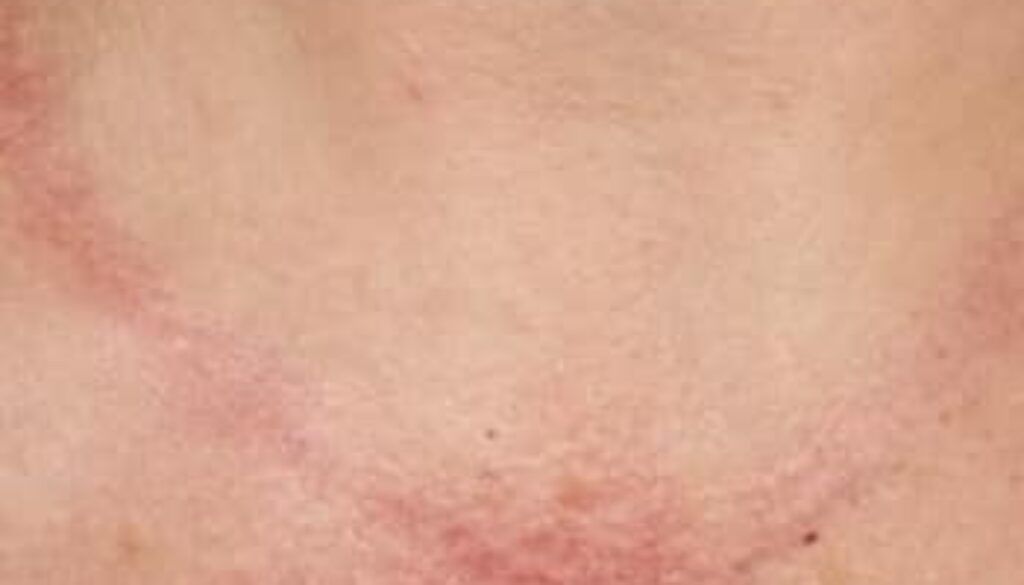The Art of Semeiotics 2: Nickel Intolerance
How is it possible to sense who might have problems with nickel intolerance, even before the unmistakable signs and symptoms appear (itching, skin rash, gastrointestinal issues, headache, disturbances in organs or systems)?
You can perform this simple empirical test:
while lying down (but standing also works—perhaps by taking a photo), without a pillow behind your head, you may notice the sensation that your body, and especially your head, tends to tilt or flex to the right.
Let’s start from the premise that a toxic overload—a condition I call functional disturbance (therefore variable over time)—from heavy metals in this case, arises when there is an imbalance between what we accumulate through our habits and what we manage to eliminate through the work of our emunctory organs.
What to do?
-
First of all, breathing exercises (Mézières method) (see video), because:
-
3/4 of the toxins in the body are expelled through the lungs.
-
Breathing also stimulates regular bowel function.
-
-
Use of the enema (enteroclysis) (see specific post), since in cases of constipation it becomes FUNDAMENTAL to eliminate toxins mechanically with water.
-
Spacing meals apart (assuming one follows the blood type diet), to allow the body to finish digesting previous food intake. Those researchers from yesterday’s U.S. study will have to come to terms with that.
-
Drinking the right amount of fluids outside of meals, according to diet and lifestyle, since waste metabolites are eliminated through urine.
-
Physical activity, because movement equals HEALTH, and sweating helps eliminate toxins.
-
Sun exposure, as vitamin D strengthens the immune system.
-
Skin brushing (see video), because it stimulates the lymphatic system, which is responsible for maintaining cellular integrity and function.
-
Cold showers, introduced gradually according to one’s physical condition and health status.
Semeiotics is not a diagnosis, but it helps to understand how a physiotherapist can set up a rehabilitation treatment and, in case of doubt, refer the patient to a specialist.
Would you like to know why the head tends to flex to the right? That requires a separate post, but if you are interested:
Feel free to like and share, as I can continue writing only insofar as I remain visible—and social media doesn’t always make that easy.
